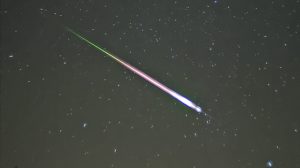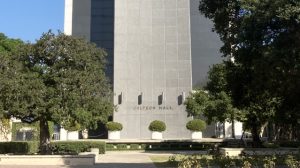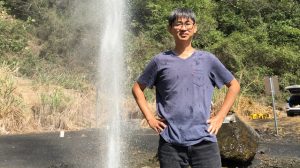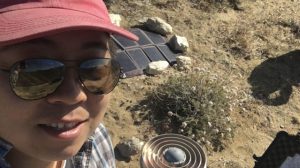Seismological Society of America > News
18 November 2022–The Earthquake Engineering Research Institute (EERI) and the Seismological Society of America (SSA) are pleased to announce that Jack Baker, professor of civil and environmental engineering at Stanford University, is the 2023 recipient of the William B. Joyner Lecture Award. Baker will deliver the Joyner Lecture at the … Continue Reading »

17 November 2022–Data collected by a large-N seismic array and distributed acoustic sensing (DAS) in Iceland offer one of the most detailed acoustic fingerprints of a meteoroid entering and disintegrating in the atmosphere. The dense record, described in Seismological Research Letters, allowed the researchers to distinguish acoustic phases that are … Continue Reading »

11 November 2022–Caltech Hall, a 55-year-old nine-story reinforced concrete building on the Caltech campus, has been getting structurally stiffer over the past 20 years, according to a new report published in The Seismic Record. Previous work by seismologists and engineers had documented the building softening—that is, decreasing in stiffness—from its … Continue Reading »

28 October 2022–Fan-Chi Lin likes to travel. Some of his favorite destinations are the U.S. national parks, “and I’ve always been curious about how seismology can help us to learn more about the geological features we observe there,” he said. Now, one of his largest research projects involves one of … Continue Reading »

30 September 2022–“Geodesy is quite an old research field that started pretty much when humans wanted to measure the Earth, but it is also very new, especially since the rise of space-borne radar techniques,” said Xiaohua (Eric) Xu. “Space geodesy has helped scientists to measure not just the shape, but … Continue Reading »

27 September 2022–Trapped inside the shoreline of a bay, the resonant interactions of a tsunami with regular waves can prolong the tsunami disturbance. For the 2021 magnitude 7 Acapulco, Mexico earthquake and tsunami, edge waves in the bay and the short continental shelf also had a surprisingly significant effect on … Continue Reading »





